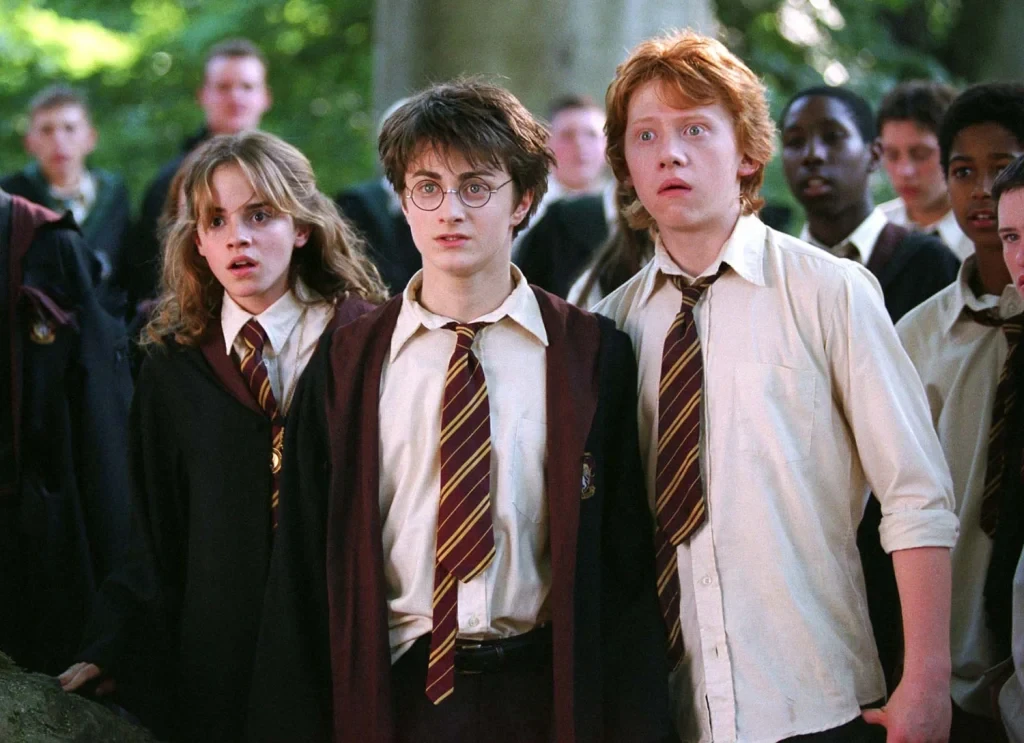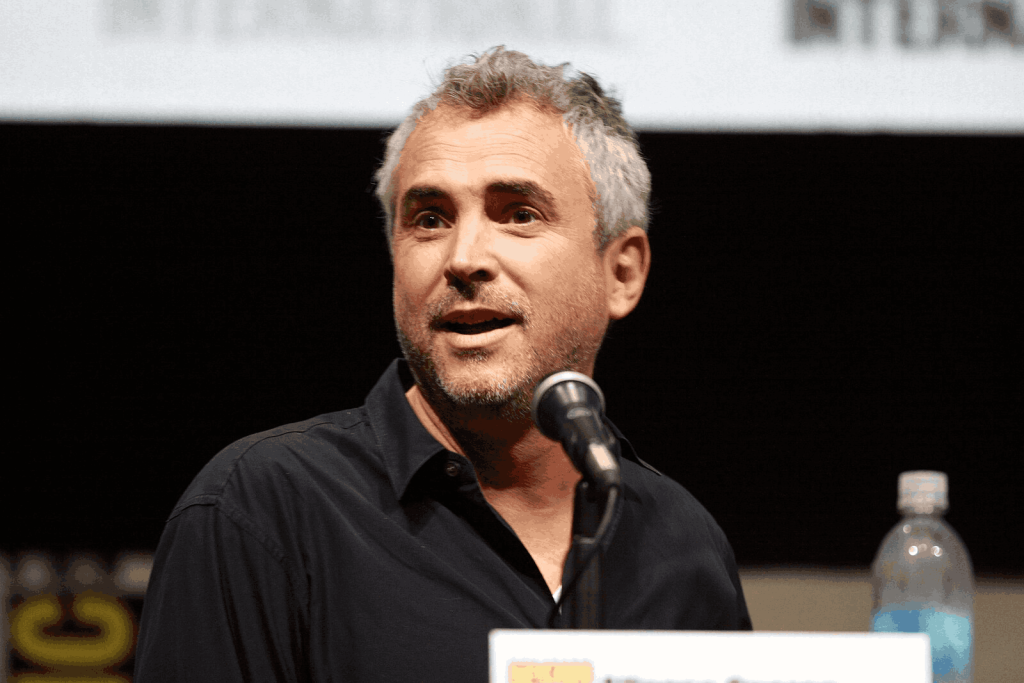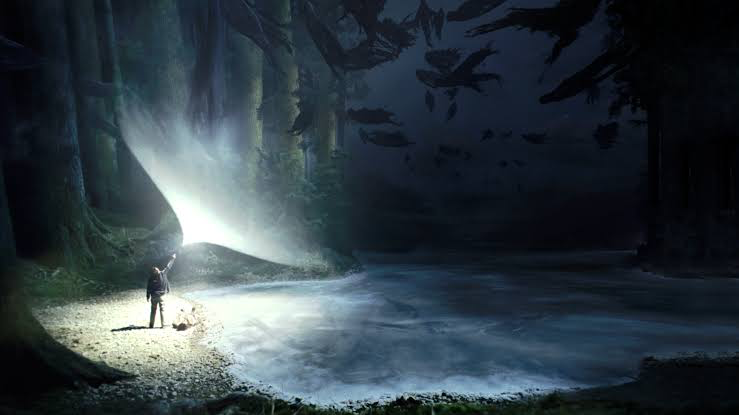When Alfonso Cuarón took to the director’s seat to helm the Harry Potter franchise for its third installment, he brought a transformative vision to the series that forever changed the visual and narrative landscape of Hogwarts. Marking a significant departure from the more contained and polished aesthetics of the first two films, Cuarón opened the gates of imagination and offered a more vivid idea of Hogwarts’ location.

Recently sitting for an interview with Total Film, after exactly two decades since the release of Harry Potter and the Prisoner of Azkaban in 2004, Alfonso Cuarón touched on his new standard for the franchise. As Cuarón explained his reason behind expanding the wizarding world, it proved how the changes became beneficial for the franchise as it steered towards a darker theme with the third film.
Alfonso Cuarón Gambled with His New Direction for the Harry Potter Franchise
After Chris Columbus introduced the world to J.K. Rowling‘s Harry Potter franchise on the big screen, it was Alfonso Cuarón who steered the franchise toward a more gritty and mature direction. Taking over the directorial responsibilities, Cuarón turned the film into a critical and commercial success, that dealt with the escape of notorious criminal Sirius Black.
But while Daniel Radcliffe‘s return to Hogwarts School of Witchcraft and Wizardry as Harry became a new adventure for audiences to explore, it also offered fans an unprecedented narrative and visual style. Offering a big evolution for Hogwarts, that felt real tangible in terms of location, Alfonso Cuarón’s new directive brought in a big change in terms of on-location shooting for various sequences.

Considering that Harry Potter and the Prisoner of Azkaban was released in 2004, it was undoubtedly a risky gamble taken by Alfonso Cuarón with the billion-dollar franchise. Thus addressing the gamble during his recent interview with Total Film (via GamesRadar), Cuarón explained how he took the challenge, without guaranteed knowledge of how fans might react to this new directive.
I can’t do anything unless I have the freedom to do what I do. I wanted to stretch things. Open up the universe. To feel that Hogwarts is set in a geographical place, where you can have nature around your universe, and to make your universe one with that nature. And to create a geographic logic to Hogwarts.
You know, the Great Hall is here, and then the stairs are next to the Great Hall, and if you take the stairs you go to the bedrooms… If you go to the Clock Tower, the hospital is a corridor away, and you can see the courtyard, and from there you see the bridge… and below that is Hagrid’s hut, and the Whomping Willow on the other side, then the forest.

Eventually, Alfonso Cuarón’s aim to create a more immersive and geographically consistent depiction of the magical school paid off as his directorial gamble helped people understand where various locations of Hogwarts were set.
Alfonso Cuarón’s Risky Idea for Prisoner of Azkaban Impacted the Franchise
Alfonso Cuarón’s decision to integrate real-world locations to improve the authenticity of Hogwarts heavily influenced the film’s visual style. Unlike the previous installments, which leaned heavily on studio sets and offered a more whimsical depiction of Hogwarts, Cuarón’s vision brought notable changes that made the magical world feel more tangible and connected to the natural environment.
Further, the filmmaker’s vision extended beyond just Hogwarts as he stretched the universe of Harry Potter by exploring the darker aspects of the wizarding world. This shift in tone was evident in the film’s narrative and visual elements, which delved into themes of danger and complexity, in contrast to the more straightforward plots of Chris Columbus’ first two films.

The use of natural landscapes and more realistic settings helped Alfonso Cuarón to create a sense of depth and gravity in Harry Potter and the Prisoner of Azkaban. Although the franchise’s menacing villain Lord Voldemort didn’t appear in the third installment, the isolated setting and the tense atmosphere hinted at a looming threat, and played a crucial role in establishing the franchise’s shift to a darker tone.

Although Alfonso Cuarón didn’t return for any further installments in the Harry Potter franchise, his film became a torch bearer in terms of its storytelling and tone. Cuarón’s approach left a lasting impact on the franchise, as future directors thereafter began exploring new dimensions of the wizarding world.
Harry Potter films are available on Max.




